Trade-Based Money Laundering: What You Don’t Know Can Hurt You
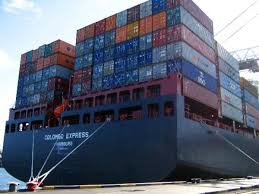 Lauren Connell, Managing Associate at The Volkov Law Group, joins us again with a posting on AML trends. Her profile is here. She can be reached at [email protected].
Lauren Connell, Managing Associate at The Volkov Law Group, joins us again with a posting on AML trends. Her profile is here. She can be reached at [email protected].
They say that when one door closes another will open. Unfortunately, that appears to hold true for criminal money launderers.
Banks and international enforcement authorities have gotten very good at spotting “traditional” money laundering techniques, those that generally utilize banks and financial institutions to move money around. Large amounts of cash entering the financial institution raise eyebrows almost immediately and those placing it into circulation had better be ready for scrutiny.
But criminals are smart. As traditional money laundering methods prove increasingly difficult to sustain they are getting creative. Unfortunately for those in the business community, they have discovered a new method of obfuscating sources of money: international trade. Trade-Based Money Laundering (TBML) is a new problem that is rapidly growing.
TBML is a simple concept; use trade transactions to move value and disguise or legitimize the illicit origins of criminal funds. Criminals use mis-invoicing (over or under) or third party payments to move tremendous amounts of money in what appear to be legitimate transactions. Few companies have systems in place to catch this type of illegal activity, subjecting companies to liability for violations of money laundering laws that exist in almost every country.
For example, lets say your company sells silver widgets that are used in manufacturing processes. One of your salespeople gets very excited when a $5 million order comes in from Customer A in South America. Customer A is a former customer who has made several, much smaller purchases in the past. Your salesperson processes the order, the goods are shipped out and Customer A is invoiced by Accounts Receivable. Three weeks later, Accounts Receivable receives a $5 million deposit with the invoice number provided to Customer A. Payment has been received and so the sale is marked as closed.
Did anyone ask who payment was received from? Did anyone ask why Customer A had a huge increase in order size? Lets say the payment was received from Company D located in Nigeria. What you don’t see is Company D sending Customer A an invoice for $10 million for your silver widgets it received but hasn’t yet paid for. Or for $500, depending on which way the criminals want the money to move. Customer A can then “legitimately” pay Company D for goods actually received. A “legitimate” paper trail has been created.
This hypothetical transaction puts your company squarely in the middle of a criminal money-laundering scheme, likely in violation of multiple laws. And criminals are creatures of habit, the next thing you know, your salesperson wakes up to find four more $5 million orders in his or her inbox. Business is good! But the fines and possible jail time consequences are not.
How do you protect your company? By asking questions like those that banks have been asking for decades: who are you? Is there anything suspicious about this transaction? Is there a legitimate reason for a third party payment?
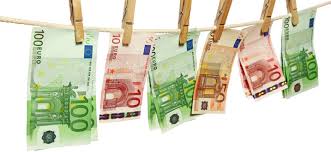 Corporate compliance officers need to put into place basic anti-money laundering techniques to prevent their companies from aiding criminal schemes. A basic anti-money laundering program does not have to be complicated or slow down business. It requires training your personnel to “know your customer” and be aware of red flags. Basic processes must document the questions asked and answers found. As always, if you don’t write it down it didn’t happen.
Corporate compliance officers need to put into place basic anti-money laundering techniques to prevent their companies from aiding criminal schemes. A basic anti-money laundering program does not have to be complicated or slow down business. It requires training your personnel to “know your customer” and be aware of red flags. Basic processes must document the questions asked and answers found. As always, if you don’t write it down it didn’t happen.
As more and more companies do business internationally, trade-based money laundering is destined to grow. You can bet that government investigators will not be far behind. Putting into place protections for your company now shows good faith and a commitment to abiding by the law. Most importantly, it can save your company a lot of headache down the road.







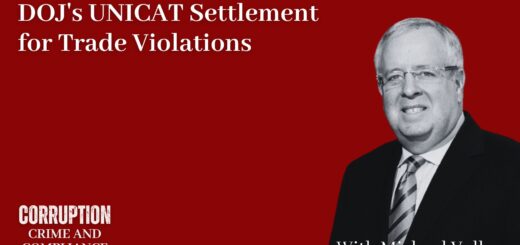
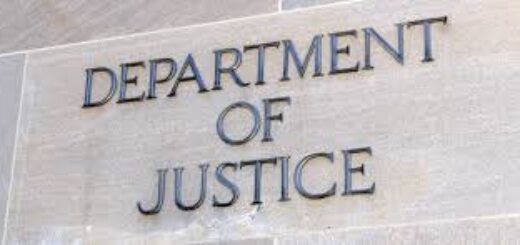




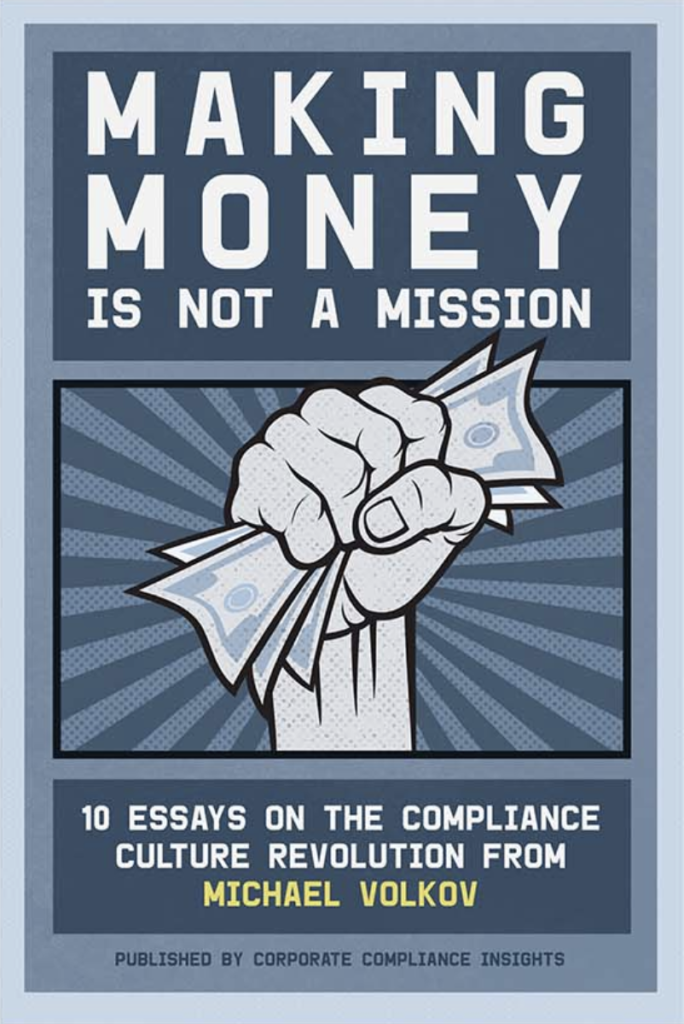
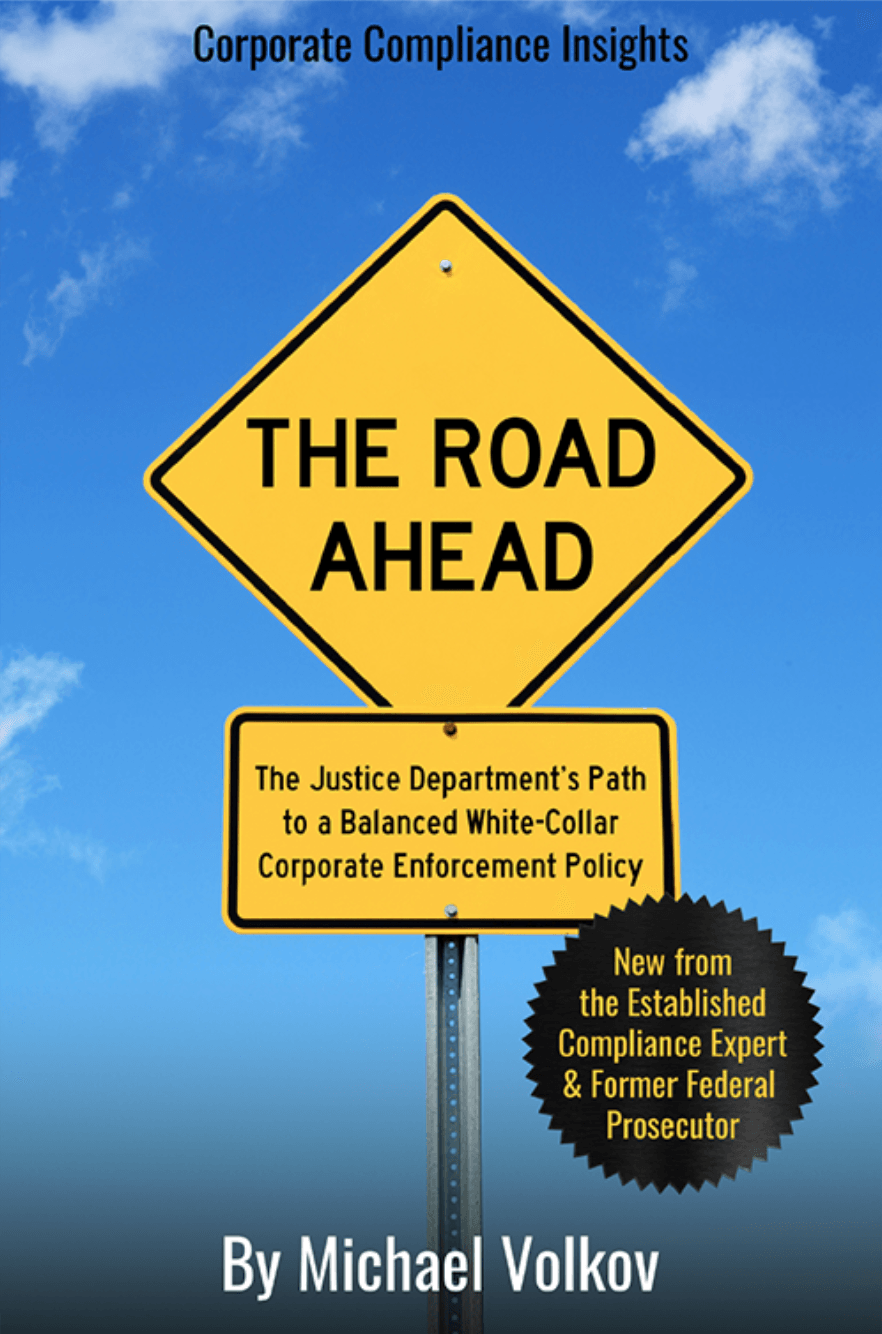

Lauren great article. Trade Based Money Laundering is an area that needs increased attention and article like this should increase awareness to financial institutions active in the trade business, regulators and trade organizations. TBML is not new but it might be increasing in its utilization because of, as you explain, the expanded and enhanced monitoring to other money laundering mechanisms. TBML is very difficult to control and present many challenges:
Manual intensive and time consuming: Identification of alerts and red flags might be time consuming for institutions that do not count with a sophisticated automated screening process. Automatic screening of names (individuals, legal entities, countries) is standard but, screening for high risk products, matching customs’ documentation with invoice and bill of laden, reviewing for consistency of quantities and goods involved, high risk jurisdictions and other red flags, might be a challenge for many institutions in a business operational environment that handles high volumes of documentation, where speed and low cost processing is key.
Price reasonability: this is a key control, identifying potentially under/over invoicing of exports/imports is like finding the smoking gun. That said there is high limitations for doing an effective evaluation of prices and this is basically because of the absence of ready available databases that can be used to compare the price of the trade transactions with the average price in the market.
I believe international organizations like the ICC (or OECD) should probably lead efforts to enhance the transparency of the international trade activity to reduce the risk of corruption and help to implement effective controls to prevent money laundering using trade business.